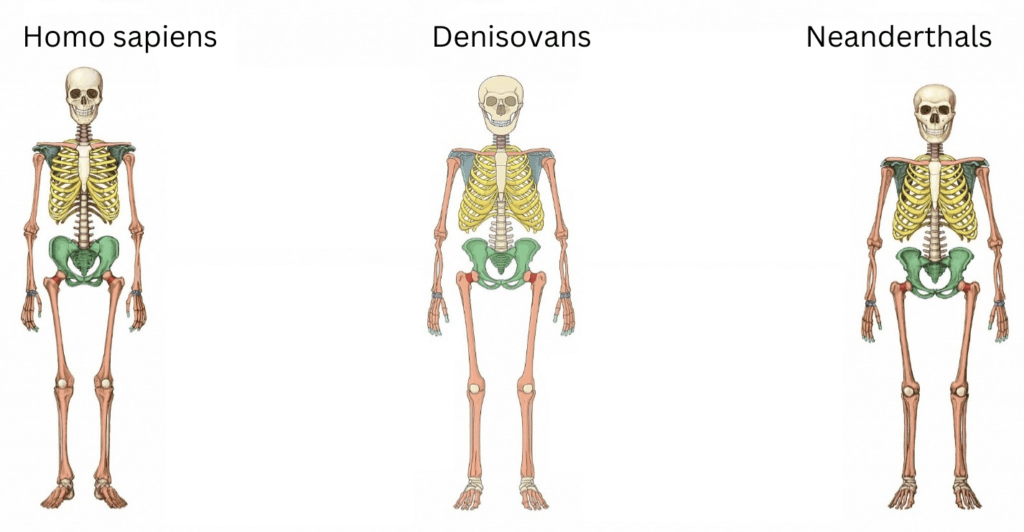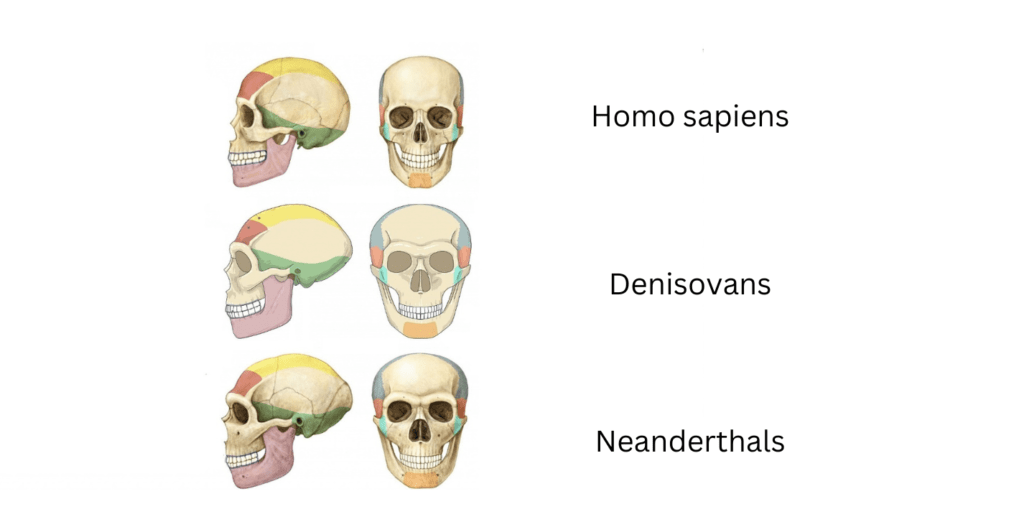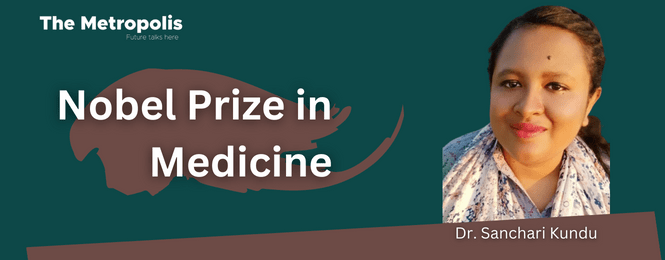Despite not being a physician, Dr. Svante Pääbo, a Swedish researcher and geneticist, received the Nobel Prize in Medicine this year. Who is this Pääbo? How significant is this work of his? Swedish by birth and working in Germany, Pääbo was the first to find genetic links to the excessive mortality and severity of Covid-19 among South Asians and Europeans. While speaking about his work, one of the noted members of the Nobel committee, Anna Wedell, says, “It was seemingly an impossible task.”
Our current human species is called Homo Sapiens. Homo refers to a bipedal species. Once, apart from the current human species, Homo Sapiens, there were many other species as well, including Homo Heidelbergensis, Homo Habilis, Homo Erectus, Homo Rudolfensis, Homo Floresiensis, Homo Neanderthalensis, Homo Naledi, Homo Luzonensis. But today, we Homo Sapiens, are the only proud survivors. All the other species went extinct, along with the dinosaurs. But the curious mind always wants to know what all the other human species were like. And why did they get extinct?
Dr. Pääbo, the founder of the Max Planck Institute of Evolutionary Anthropology in Leipzig, Germany, has spent most of his life searching for answers to these questions. In 2010, a team of researchers, led by him, extracted the complete genomic sequence of the Neanderthals, a seemingly impossible task, since bacteria and fungi had severely damaged the DNA over thousands of years. It is considered the most crucial work of Pääbo’s life. He also analyzed the DNA of a bone found at a cave in Siberia, Russia, and discovered an entirely new species, Denisova Hominin or Denisovan, named after the cave. These Denisovans and Neanderthals were, funnily speaking, our cousins; we are of the same genus – Homos or bipedal. By analyzing their DNA, Dr. Pääbo showed how we differ from and are similar to these two species.
Where Denisovans and Neanderthals lived, what they looked like, how they fell extinct, how we survived, or whether they intermingled with us – all these can be learned through Pääbo’s research. The present human species, Homo Sapiens, evolved in Africa. And Neanderthals flourished in parts of present-day Europe and Asia. As Homo sapiens spread worldwide, they encountered the Neanderthals and, at times, got into power struggles with them. Again, the genetic exchange occurred also as a result of breeding between them. Interestingly, mating between two species usually results in infertile offspring, which was not the case here — the answer to why it did not happen lies in their genetic makeup. So, to answer the question, ‘Mom, from where and how did I come?’ which has been haunting a child’s mind since childhood, we must study Pääbo’s work and continue researching more. His work was so significant that it gave birth to a new field of science called ‘Paleogenomics.’
If the genes of one species are inserted into those of another, it is called ‘gene flow’ in scientific terms. It is thought that this is precisely what happened to us humans with Neanderthals and Denisovans. Pääbo, a Ph.D. awardee from Uppsala University, Sweden, in 1986, proved through his research that these two extinct species directly impact our physiologies. For example –
- The influence of the Denisovan EPAS1 gene allows Tibetan people to live comfortably in a low-oxygen environment at high altitudes.
- Around 50 percent of the East Asians (China, Mongolia, Japan, North Korea, South Korea, and Taiwan) can survive in an environment of too much ultraviolet radiation due to the influence of their Neanderthal HYAL2 gene.
- The influence of the Neanderthal POU2F3 gene makes the outermost skin layer of about two-thirds of East Asians fit for healing wounds.
- Around 70 percent of the Europeans along with some of the Asians have pale skin with patches like freckles due to the influence of their Neanderthal BNC2 gene. They can also survive freezing weather.
- About 5 percent of the Eurasians and 54 percent of the Papuans have particular immune traits due to the influence of the Neanderthal STAT2 gene.
- Due to the different types of sequencing of the TLR1, TLR6, and TLR10 genes, of which at least 1 is from Denisovans, and 2 from Neanderthals, people from different parts of the world have different immune traits in their bodies against various types of bacteria, fungi, and parasites. For example, the Neanderthal genes make humans less susceptible to the bacteria, Helicobacter Pylori, which can cause diseases like peptic ulcer and stomach cancer. Again, due to the influence of the same gene, the possibility of suffering from allergic conditions like hay fever or constant sneezing increases significantly.


DNA is an essential part of our cells. All species, including humans, plants, microbes, and animals, have their characteristics. It is DNA that carries those characteristics from one generation to another. A human being is born as a child with all his/her features, turns adult, ages, and then dies, but the DNA sequence remains the same even after his/her death. And through breeding, these characteristics spread among the next generations unless there is any mutation or change in it for some reason. So, it is said that DNA analysis can reveal all kinds of anatomical information about someone; even it is possible to learn what their great-great-grandfather’s great-great-grandfather was like. In other words, the genomic sequence is like a door to Alibaba’s magical ‘open sesame’ cave that can reveal the history of all the species on earth when opened. And since DNAs follow the same pattern unless mutated, they can also provide an idea of what the future might look like. Not only that, genetic analysis has the potential to contribute to paternity testing, diagnosis of disease, or various medicolegal issues as well.
Pääbo’s work contributes significantly to the research of various infectious diseases. A few days back, a study on the germs of bubonic plague revealed that some strains of this germ, responsible for the deaths of around 10 million people in the 14th century, still exist. By analyzing the genetic makeup of the bubonic plague through the method developed by Pääbo and his research team, its dynamic nature has been fully revealed. Similarly, Dr. Pääbo’s research, The Nobel Prize as well as many prestigious awards-winner, has made an outstanding contribution to the understanding of the dynamic nature of the coronavirus. In an article published in the world-renowned journal Nature in 2020, Hugo Zeberg and Svante Pääbo unearthed that those with Neanderthal genes in their bodies were more severely affected by the Covid-19 virus. For these reasons, he won the Nobel Prize in Medicine despite not being a medical doctor himself, through which a new door to research on the human origin and their species has been opened.
Dr. Sanchari Kundu is a doctor and social worker.




